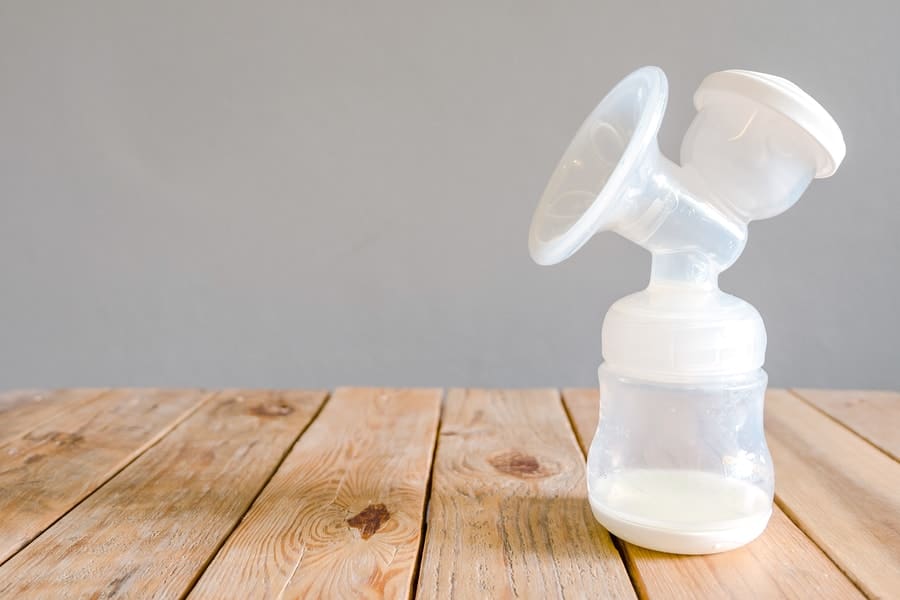This post contains affiliate links.
Stress and Breastfeeding Problems
One of the most confusing parts of being a new mom can be breastfeeding.
If you’re reading this, you might not have realized it could be so hard!
“Why can’t it be this beautiful, stress-free bonding experience everyone seems to talk about?” you may be asking yourself.
First off, let’s dispel some myths: most mothers (over 90 %, according to a study from UC Davis) encounter problems when starting to breastfeed.
Secondly, many of these issues have solutions.
Have no fear, I’m here to help!
Most new and expectant moms are turning to online breastfeeding classes to help with breastfeeding problems like the ones presented below…
Leaking

There are few things more inconvenient than leaking breasts but, hey, it’s perfectly normal.
The most important thing you can do to avoid leaking is to feed your baby when they are hungry.
Leaking has a lot to do with “supply and demand” – for example, if your baby starts sleeping through the night when you used to nurse at 3 AM, you might start leaking at 3 AM.
This kind of thing can’t be avoided, and all you can do is allow your body to adjust. In addition, if you feed your baby from one breast it’s common for the other one to start leaking.
Applying pressure can stop the leak.
To do this inconspicuously, you can simply cross your arms and press against your chest.
For peace of mind, you can also try nursing pads or dressing in layers.
Use the coupon code HABITATFORMOM to grab 10 pairs of reusable nursing pads for FREEE here.
Engorgement

It’s natural for your body to start producing a lot of milk in the days after you give birth – sometimes, though, it can seem like too much!
You might start experiencing pain caused by engorgement.
The best way to avoid engorgement is to nurse your baby regularly.
It’s important not to skip night feedings.
You can also manually release milk, or use a breast pump.
If you’re allowing your baby to feed as much as they want – most require nourishment 8-12 times each day – engorgement usually resolves itself as your body adjusts.
Nipple Confusion

Nipple confusion is just what it sounds like – when your baby is confused by what to do when faced with your nipple.
Giving your baby a pacifier or using a bottle too much early on can cause nipple confusion.
The best way to avoid the problem is to start breastfeeding right away and establish it as a continued practice.
A nipple shield like this one can be used to give the baby something firmer, more bottle-like to latch onto so they are less confused.
Cracked or Sore Nipples

The most common cause of painful nipples is improper latching.
If your baby won’t latch properly, you can try different positions for both yourself and the baby (obviously, make sure the baby is comfortable and can breathe).
Also, certain positions can take the pressure off especially tender areas of your breasts.
To treat sore nipples, you can try rubbing them with a lanolin-based cream or even your own breast milk, as both have soothing properties.
Related: 3 Relieving Home Remedies for Sore Nipples While Breastfeeding
Not Producing Enough Milk

It’s common for you to think you are not producing enough milk for your baby.
Often, though, you are producing enough milk – you should only be concerned if your baby is not gaining weight or if they’re not peeing or pooping enough.
You should discuss this with your doctor. If your supply actually is low, there are things that can be done to stimulate it.
These include pumping during the day.
It’s also important to feed on demand and not according to a schedule so that your body knows how much milk to produce.
Here are some articles to read about increasing your milk supply:
- How to Power Pump to Increase Milk Supply
- 10 Surefire Pumping Tips to Increase Milk Supply
- 8 Lactation Recipes to Increase Milk Supply
- Breastfeeding Diet, 10 Foods to Increase Milk Supply
Finding Time to Pump

It can be a pain to finally get a nursing groove going, only to have to return to work.
There’s nothing to worry about, though: it’s normal for women to pump at work, so feel free to consult with your boss about setting aside a private area at certain times.
As a rule of thumb, you’ll want to pump once for every time you’d be breastfeeding at home.
For most, this would translate to about once every 2-3 hours.
Check out this pumping class by Milology to learn more about pumping at work.
Being Too Shy to Breastfeed in Public

Fear that your baby will get hungry when you’re out in public is a big concern for a lot of mothers.
Given how milk supply works, it’s best to feed the baby when they are hungry.
You can always try to find a fitting room or other private space to nurse.
Otherwise, you can try to find a park bench or sitting area.
Nursing covers or scarves can be used so that you are less exposed. Use the code HABITATFORMOM to get a FREE nursing cover here.
If you have qualms about nursing in public, you can always try to apply what you know about your baby’s feeding schedule to minimize the risk of them needing to feed in public
Related: Breastfeeding in Public (top 5 tips)
Conclusion
Remember that most women have some trouble with breastfeeding – there’s nothing at all to be ashamed of!
Overall, try to hang in there, and give breastfeeding your best shot.
Many of these issues can be resolved with time and practice, and remember that, no matter what, you won’t have to breastfeed forever.
If you found this information helpful and want to learn even more. I absolutely love this popular online course called the Ultimate Breastfeeding Class by Milkology. It has everything you need to know about latching and positioning, mastering and protecting your milk supply, troubleshooting common breastfeeding issues and so much more…
Stacey (the instructor) is a certified lactation educator and has taught lactation to thousands of women all over the world. Click here to check out the Ultimate Breastfeeding Class for yourself.
Best of luck!
Pin for Later:



